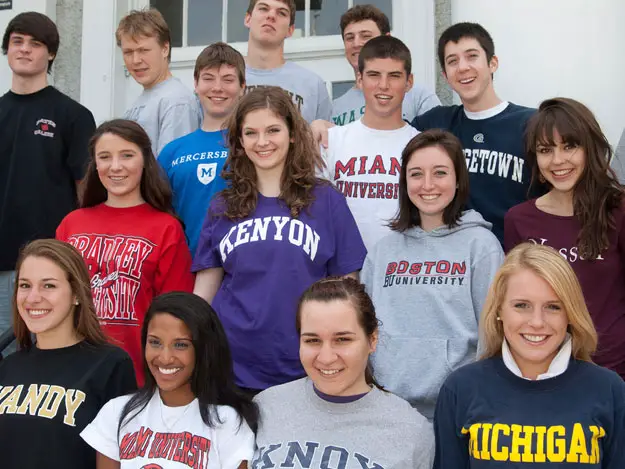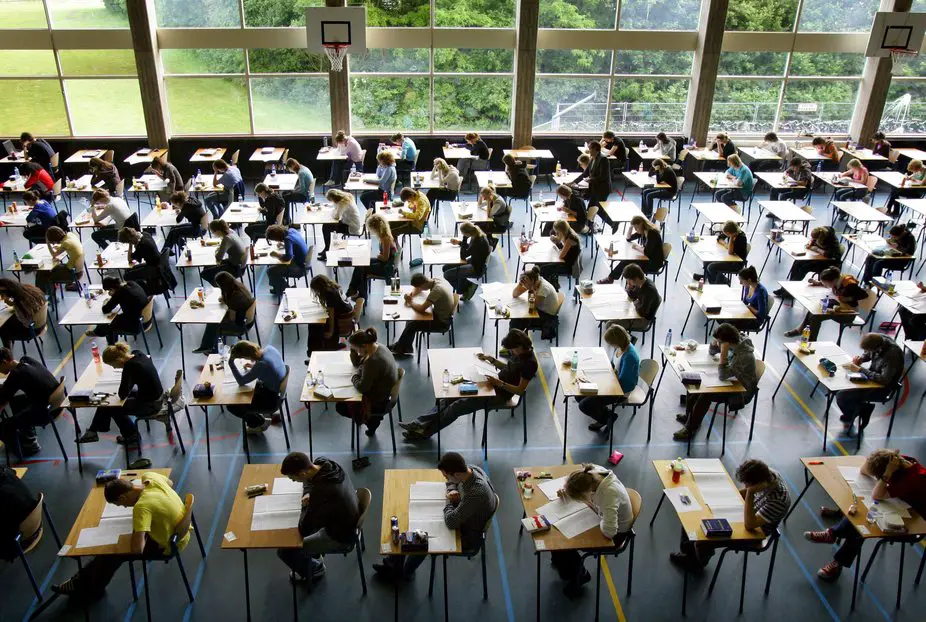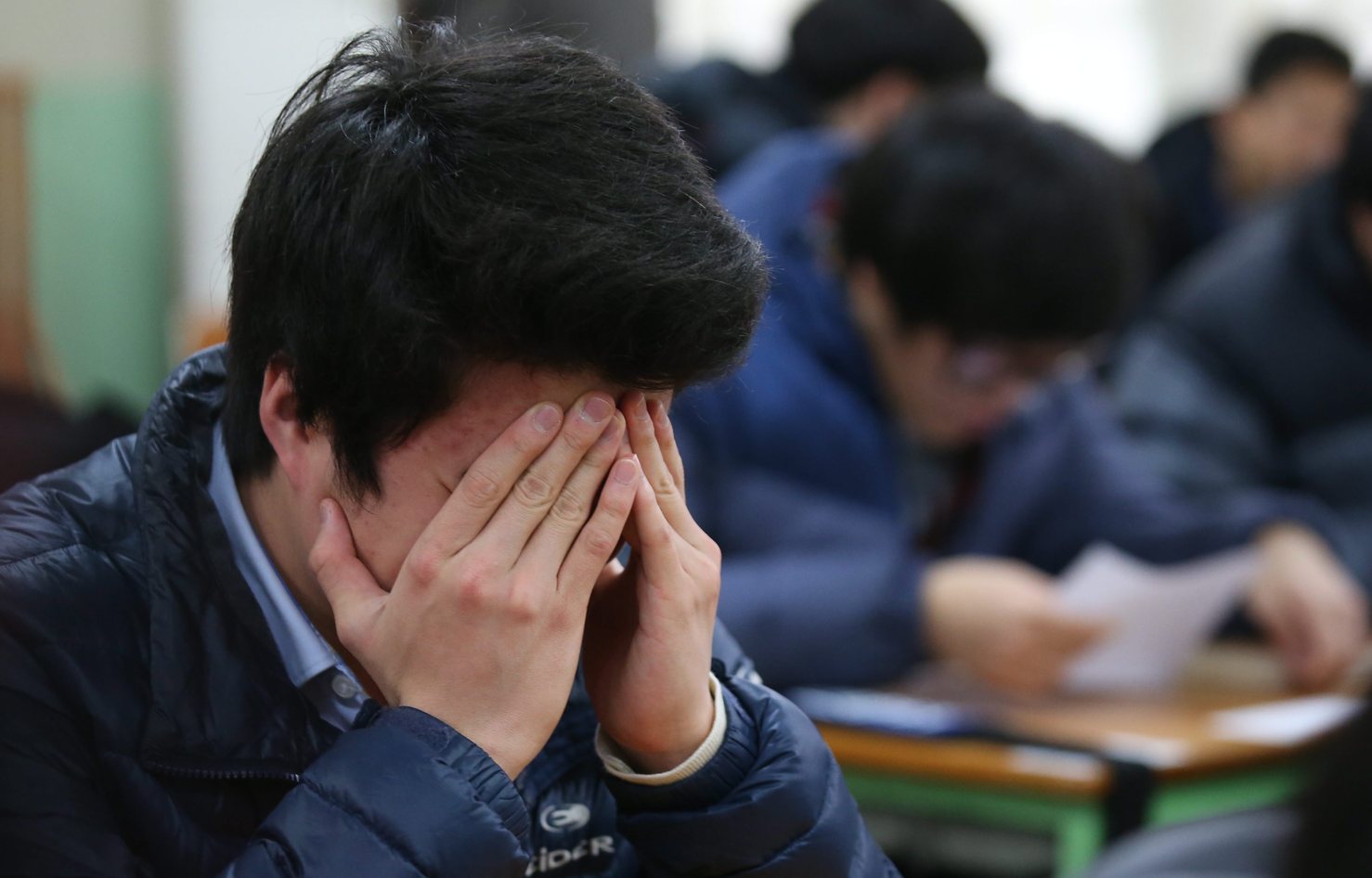Education Worldwide
After spending several months studying in America, these are the differences I’ve noticed between the two systems.
By Jessie Yang, University of Hong Kong
While I was studying in Taiwan, I heard a lot about the advantages of a U.S. education.
Scholars would publish articles about how teaching in Taiwan should undergo a reformation in favor of one following the U.S. model more closely. However, after spending three months in the U.S., I realized that people failed to see the whole picture: There are indeed some advantages to higher education in America, but the system also has serious flaws.
Problems in Education
“Students get worse and worse over the years,” a TA in my media class named Lauren told me. “Some of them could not even write a proper email.”
She has witnessed students’ reading and writing ability decrease over the years, which has forced her to reteach students how to read and write in her classes, something that never happened while she was a student.
On the other hand, my sociology professor had the opposite point of view. “It is true students are not good at writing long fiction, but they are much at better technology than my generation,” he told me. He said students’ abilities with video editing and social media are beyond expectation.

Nevertheless, university students in the U.S. have bad reputations outside their country. My friend in Hong Kong held tours for Harvard students and found them self-involved. “They are ignorant and unwilling to learn about different culture,” he said.
Lauren, my TA, also had a negative experience with American students while she was studying abroad in Paris. “One time some visiting students from Yale came for summer courses, but they stole things and even damaged property without respect to others,” she said. It was unbelievable to her why students from such a privileged school failed to behave like decent human beings. “I was ashamed that I was an American,” she said.
Part of the system’s problem is the course content. The history students are taught is incredibly Eurocentric, focusing almost entirely on the Western narrative at the expense of a broader, global perspective. Even more egregiously, when it comes to the history of America’s indigenous people, nothing is taught, an incriminating reality that shows that American history is not geographic, it’s racial. While eastern countries are ignored, Native Americana is swept under the rug. “We are like a stranger in our own country,” Lauren said. “For many of us, we are not even familiar with our country.”
In addition, public schools receive insufficient funding and teachers are underpaid. Although the Obama Administration has worked to reform No Child Left Behind policies, the focus in education, on both the national and state level, continues to be on the testing process. A number of states use student test scores to evaluate teacher performance, putting further pressure on faculty in schools to “teach to the tests.”
Another feedback-based faux pas of the system occurs in college, at the end of every semester, when students fill out their teacher evaluations. Professors and students both are aware that glowing reviews turn into pay raises and job stability, which creates a “You scratch my back, I’ll scratch yours” type system, in which professors inflate students’ grades, and are in turn rewarded with effusive evaluations. In some of the classes, more than 30 percent of students receive an A.
As a result, student scores barely reflect their real ability. High GPAs look good on report cards, but they fail to serve their intended purpose, which is to accurately gauge how well students have internalized the course material.
U.S. vs. Asian Education
Students in Asia are professional test takers, because since elementary school they are trained to excel in exams and search logically for direct answers. Students in the U.S., however, learn to challenge standard answers and explore different possibilities. While both sides have their merits, the American attitude of examination would flounder in Asian schools, as the workload is simply too great; there is not enough time to scrutinize every answer epistemologically. A lot of the coursework in Asian schools requires memorizing, so the mentality is absorb, absorb, absorb.
In addition, in Eastern schools, educators place a higher emphasis on teaching world history. Memorizing ancient civilizations and revolutions in Russia is difficult, but at least students in Asia have a better understanding of the world. For instance, I learned a brief history of the U.S. in my high school, and knew about Lincoln, JFK and some historic events, but I doubt American students would know anything about China, Japan or Korea.

When I came to the U.S., I found that many students lived in a bubble and thought that their country was the world, eschewing any interest in learning about the histories of other countries. While their ethnocentrism proved challenging, Americans certainly have the leg up on Asian students in terms of positivity. Students in the U.S. are exceedingly optimistic, and, whether or not their confidence is misplaced, their sense of determination almost always improves their odds of doing well.
Where I grew up, people focused too much on getting the right answers, and were accordingly fearful of receiving punishment for mistakes. Many students don’t have the courage to pursue their dreams, because leaving their community means facing criticism. On the contrary, in the U.S., teachers encourage students to make mistakes, and no one judges you for deciding to do something different.
However, too much positivity blocks people from seeing reality. In America, teachers, parents and peers give too much praise. Although everyone enjoys compliments, when students receive too much flattery they become complacent. The fawning over of American students is a double-edged sword, because on the one hand it makes them overconfident and therefore susceptible to mistakes; but, on the other hand, it is this shared, cultural confidence that facilitates the risk-taking that defines American success. The American Dream, as it were, would be impossible without a kind of panglossian belief in the capability of the self.
Ultimately, I think the purpose of education is not just to inform, but to cultivate a desire to learn. In that regard, both the American and Asian systems of education have their benefits. In Asia, a rigorous work ethic, loyalty to community and global sense of perspective serve students well, but a lack of creativity and a discouragement of individuality hamstring student ambition. In America, the system values diversity, encourages skepticism and promotes audacity, which creates a confident, if somewhat rosy-eyed workforce. Unfortunately, American students are taught solely Western traditions, suffer from the ills of a capitalism-fueled education system and are preened into vulnerability.
I am happy to have experienced both systems, as my study abroad has allowed me to see the benefits and demerits of each style of thought, which helps inform my own opinions about which educational methods work best. For that reason, I again stress the value of study abroad and witnessing different cultures, as doing so allows you to gain a better perspective on the system that created you, as well as its weaknesses and its strengths, which ultimately helps you better understand yourself.

















